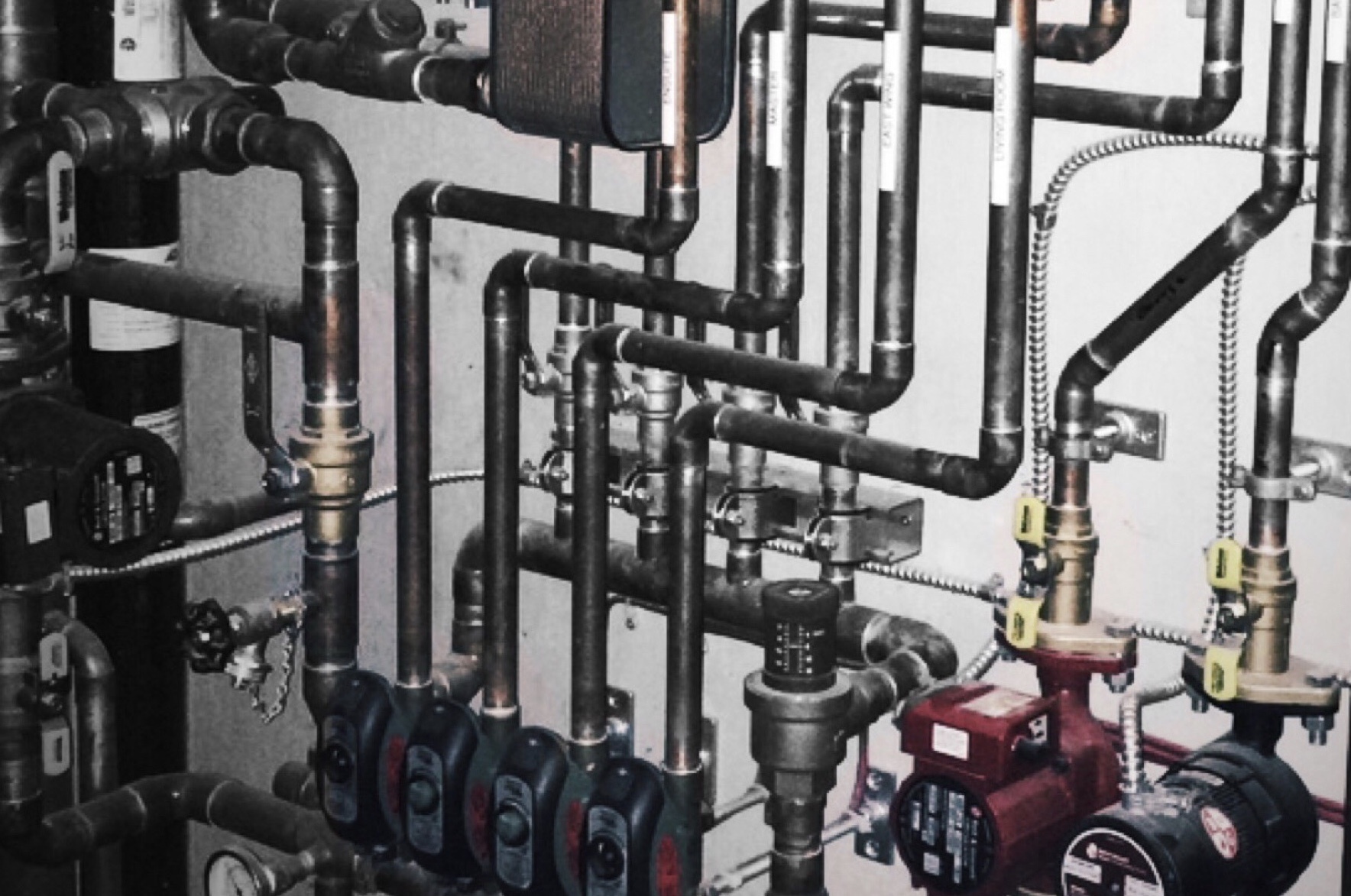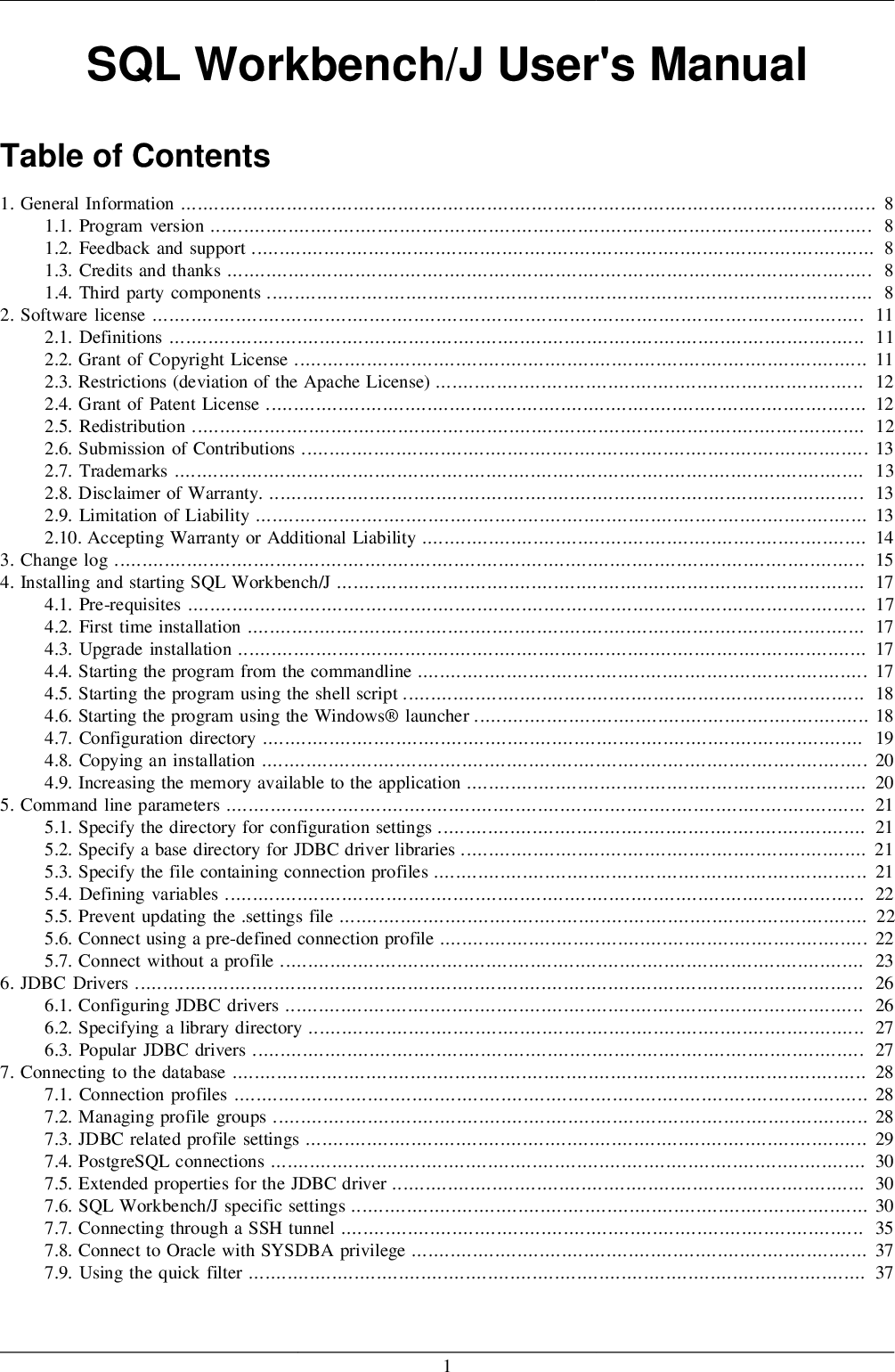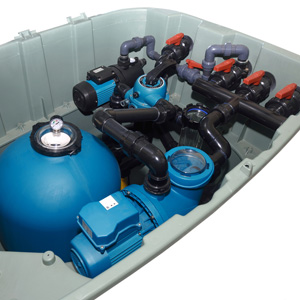

- Which of the following processes requires separate plumbing verification#
- Which of the following processes requires separate plumbing series#
Which of the following processes requires separate plumbing series#
Process and methodology: A series of phases that organize the use of the problem-solving tools to ensure that the true root causes are found and that a solution is fully implemented. Tools and techniques: A comprehensive set of tools and analytical techniques that are used to identify and solve problems. For more information on our process piping capabilities, contact us today or request a proposal for your next project.There are three key elements to Lean Six Sigma. This makes us the company of choice for custom piping solutions, from design through completion. We have decades of experience, adhere to safety and regulatory standards, and maintain a reputation for completing complex jobs on time and on budget. Since 1963, we have served businesses, industries, and institutions while completing complex projects for some of the nation’s largest, most established Fortune 500 companies. is the go-to provider for complex industrial process piping projects. Extensive In-House Fabrication / Storage.Our extensive selection of piping services includes:
Which of the following processes requires separate plumbing verification#
We maintain records for complete verification and testing of materials and components to ensure optimal compliance. Our superior craftsmanship, consistent performance, and attention to our in-house quality assurance guidelines create an exceptionally precise piping system guaranteed to meet the needs of even the most complex applications. specializes in the development of custom piping systems for heavy industrial processes where reliability and dependability are a must. Process Piping Contractor Services at Waco, Inc. If your piping system conveys, mixes, or removes chemicals, water, gases, and other fluids that are incorporated into or in direct contact with the finished product, it is process piping. For example, if your system is used to transport water to the facility and move wastewater away, it is a plumbing system. Plumbing and process piping have different purposes. Process piping is less regulated and can be designed with materials that are particularly suitable for the process application at the engineer’s discretion. While detailed building codes govern the materials, size, and configuration of plumbing within a facility or system, process piping must meet far fewer requirements. There are two primary differences between process piping and plumbing.

Plumbing equipment must also be built to comply with standards specific to its intended use. In order to meet regulatory standards for corrosion resistance and strength, copper and plastic are the most popular plumbing materials. Plumbing is typically found in heating and cooling, waste removal, and water distribution operations. Plumbing systems must comply with a variety of codes, regulations, and industry standards for installation, maintenance, and inspection. Common materials used in plumbing systems are copper, carbon steel, brass, PVC, CPVC, and other plastic types. This would typically include piping to showers, faucets, toilets and drains. Most of the utility systems and equipment in a commercial building or home are connected with piping that is considered plumbing. In some cases, the actual pipe is internally lined with a glass, plastic or epoxy coating for protection.

These include 304 or 316 stainless steel, Inconel, fiberglass resin, chrome moly, heavy wall carbon steel, and many others.

Since process piping is in direct contact with a product that could be acidic, caustic, corrosive, or toxic, it is manufactured in a variety of materials. Process piping is used to convey gases and liquids for a wide range of industries and applications, including: Ping to facilitate the conversion of raw materials into finished products such as beverages, chemicals, pharmaceuticals, textiles, and paper products. Most manufacturing processes require process pi Process piping arrays are specifically used to mix, separate, transport, and otherwise control the flow of fluids from one point to another. Process piping refers to the system of tubes, pipes, hoses, valves, flanges, fittings, gaskets, and other components specifically used in manufacturing and conversion operations. Both process piping and plumbing offer unique benefits, and each must comply with specific industry standards and material requirements, depending on their use. When selecting the right piping for your operation, it is important to understand which piping you need for your application. Piping systems can be broadly divided into two categories: process piping and plumbing. What’s the Difference Between Process Piping and Plumbing?


 0 kommentar(er)
0 kommentar(er)
